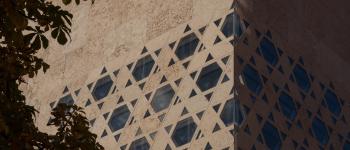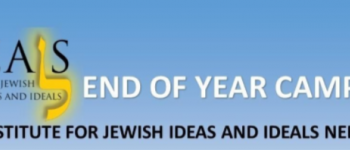For the Jewish people, history has always been experienced as a dimension of the present. As we go through life, we bring along our ancestors. We carry their names, we feel their presence.
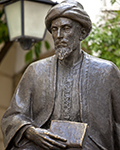
Welcome to the Institute for Jewish Ideas & Ideals
The Institute for Jewish Ideas and Ideals offers a vision of Orthodox Judaism that is intellectually sound, spiritually compelling, and emotionally satisfying. Based on an unwavering commitment to the Torah tradition and to the Jewish people, it fosters an appreciation of legitimate diversity within Orthodoxy.
YouTube
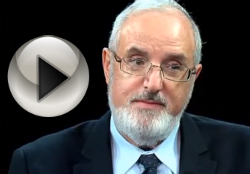
Rabbi Marc D. Angel answers your questions on our YouTube channel!
The IDEAS Campaign

Please support our IDEAS campaign and be our partners in creating a dynamic and compassionate Orthodoxy. Contribute now! Supporters are featured on our online Scroll of Honor.
Conversations
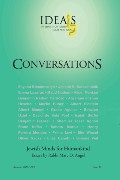
Find out more about Conversations, the Institute's print journal, including how to get your copy. You can also review our Article Title or Author index.
Haham Gaon represented a balanced religiosity, deeply faithful to tradition while deeply sensitive to the needs and feelings of modern men and women. Haham Gaon was a model of dignity, compassion, and total commitment to the People of Israel and the State of Israel. As a proud Sephardic rabbi, he refused to compromise his own traditions in order to curry favor among others.
Rabbi Hayyim Angel continues to teach throughout the community, and many classes are available to members and friends of our Institute for Jewish Ideas and Ideals.
Teaching the History of Jewish Life in Europe Pre Kristallnacht to young adolescents asks us to question our motivations, objectives and focus. The study and experience of history occurs in informal and formal ways. With good teachers, students can develop and connect their understandings and experiences to what is presented.
THE INSTITUTE FOR JEWISH IDEAS AND IDEALS NEEDS YOU!
Thank you for your support and encouragement. You have helped the Institute in its work to foster an intellectually vibrant, compassionate and inclusive Orthodox Judaism. Please support our End of Year Campaign.
We tend to think of our religious commitments as being built on a concrete foundation. Every perceived crack raises a fear that the entire edifice might collapse. But we can view our commitments as a boat, held aloft by the surging waters of a river that are continually rising and falling, but always, in aggregate, carrying the boat forward, downstream toward the sea.






